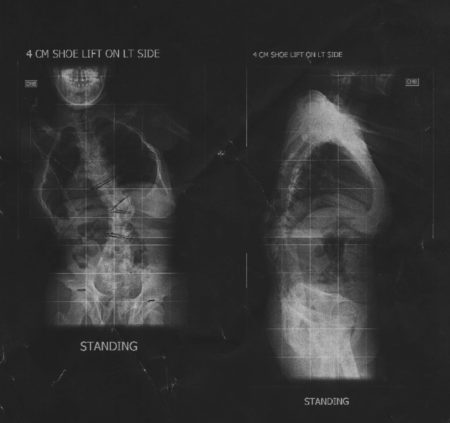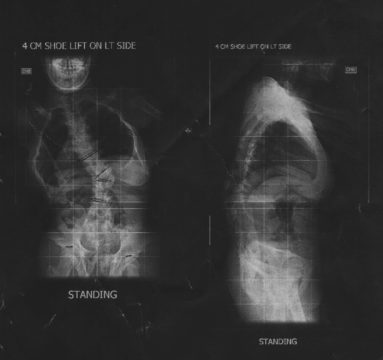
This blog is part of the Analyzing Scoliosis series, which is designed to teach movement practitioners how to work confidently with clients with scoliosis. Previous post have discussed the typical scoli client and the common types of scoli (AIS and functional scoliosis). My book, Analyzing Scoliosis, which covers the topics in this series (as well as others) in more depth, is available on Amazon.
In today’s blog I’d like to discuss what to do when someone first walks in the door and tells you they have scoli. What if they doesn’t know know what kind of scoliosis they have? What if they have never received a diagnosis? How do you decide if you should work with them? I’d like to use my client “Joy” as an example of how to make an informed decision that is best for you and your client. The following is an excerpt from my book The Beautiful Scoliotic Back.
Joy came to me as a new client simply knowing that she had scoliosis. That’s it. I had to figure out if I could help her or not with movement. After the first lesson, I realized she undoubtedly had scoliosis. Did I choose to continue teaching her Pilates after her first lesson in an attempt to help her scoliosis however? No.
During the first lesson I analyzed her body using a scoliosis analysis method I’ve developed (stay tuned for the next few blog posts to learn about that) and had her do some basic movements on the Pilates machines to see how her body moved. Unfortunately, many red flags were raised.
During my assessment, I saw the basic “S” shaped scoli, but no matter what I tried, I couldn’t get her scoli to move. Her torso was also small in relation to the length of her arms and legs; the proportions of her body just weren’t matching up. Her legs were at least 3 centimeters different in length. She also complained of nerve pain down one leg, as well as low rib and hip pain on one side. She said it felt like her ribs were sitting on her hip.
All of these were warning signs for me that I wasn’t just dealing with AIS. While Joy came to me to see if I could help her scoli, she hadn’t seen a doctor first. As much as I wanted to help her, I knew that there was more going on in her body than just idiopathic or functional scoliosis curves. (A visit with a doctor revealed she had genetic anomalies and congenital scoliosis, which develops while the baby is in its mother’s stomach. A picture of her spine is below.)

As Pilates instructors, we can’t diagnose. But, we must be able to assess whether or not a client is someone we can handle and can most likely help in the long run. While I want you to be able to confidently work with scoliosis clients, if you come across any red flags, or something doesn’t quite make sense to you, please ask your client to go see a good orthopedist, preferably one that you know and trust, before working with them again.
Please share your thoughts in the comments section.


Hi Erin,
What do you mean by getting her “scoli to move”?
Thank you!
Unless a scoliotic spine has changed shape due to a malformed vertebra or has been surgically fused, all scoli spines are mobile and can decrease in curvature. That’s the beauty and wonder of scoliosis. Learn to a scoliometer (search “scoliometer” on this site and you’ll see all my posts about how to use it and why you should you should use it) and you’ll be able to track how much your scoliosis moves. The more you know how to wisely move your body/scoliosis, the more you’ll know how to decrease it’s curvature and stay out of pain. I hope this helps. Blessings, Erin